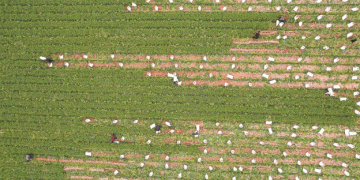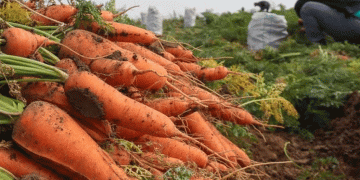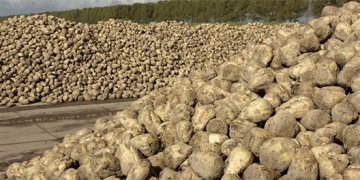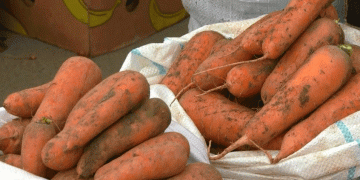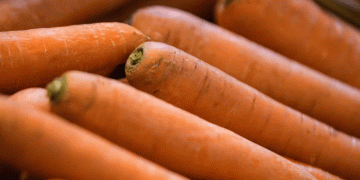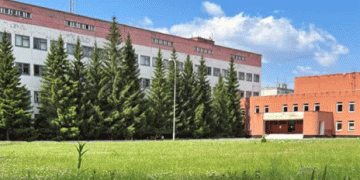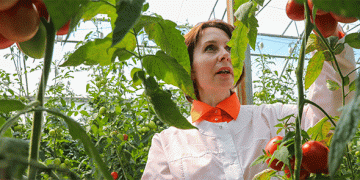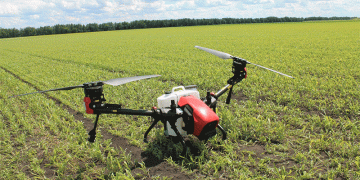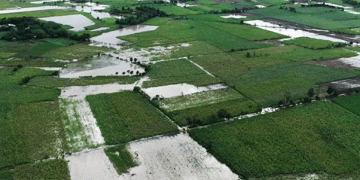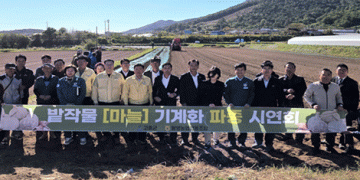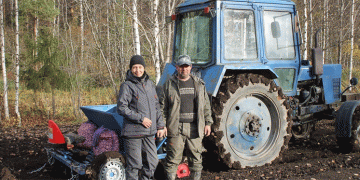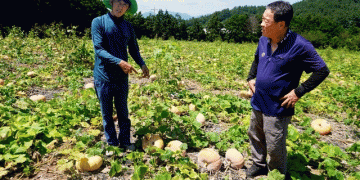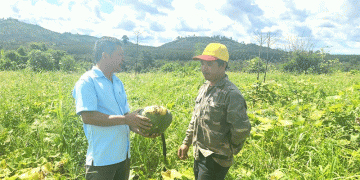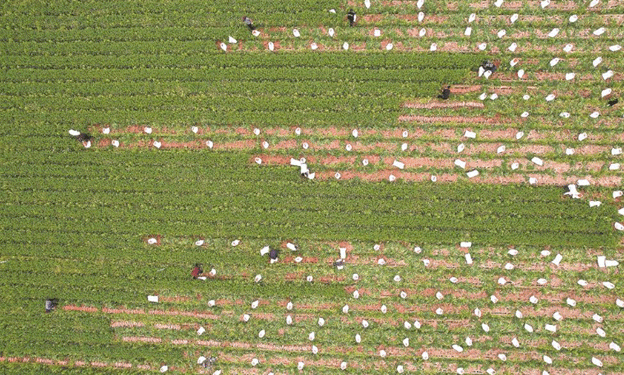Gulei Development Zone, situated in Zhangzhou City, Fujian Province, has emerged as a significant player in China’s carrot production landscape. Covering 14,000 mu (approximately 933 hectares), the region’s carrot cultivation has achieved an annual output value exceeding 100 million yuan (around $13.8 million USD). This agricultural success story is not only boosting the local economy but also enhancing the livelihoods of the community.
Optimal Conditions Yielding High-Quality Produce
The region’s favorable climate and soil conditions contribute to the production of high-quality carrots. Farmers employ advanced agricultural practices, including precision agriculture technologies, to optimize yield and quality. For instance, the integration of algorithms designed for carrot crops enables targeted, ultra-precise spraying, reducing manual labor and environmental impact .
Sustainable Practices and Market Expansion
Gulei’s carrot industry emphasizes sustainable farming practices, such as crop rotation and organic fertilization, to maintain soil health and reduce chemical usage. The adoption of these methods aligns with global trends toward environmentally friendly agriculture. Moreover, the region is exploring value-added products, including carrot juice and packaged snacks, to diversify offerings and meet market demands.
Community Empowerment and Economic Growth
The success of the carrot industry in Gulei has led to job creation and increased income for local farmers. By focusing on a single, high-demand crop, the community has achieved economic stability and growth. This model serves as an example for other regions aiming to enhance agricultural productivity and community well-being through targeted crop cultivation.
Gulei Development Zone’s strategic focus on carrot cultivation demonstrates how targeted agricultural practices, combined with sustainable methods and technological integration, can drive significant economic and social benefits. As global demand for high-quality produce continues to rise, Gulei’s model offers valuable insights for farmers, agronomists, and agricultural engineers seeking to optimize crop production and community development.
